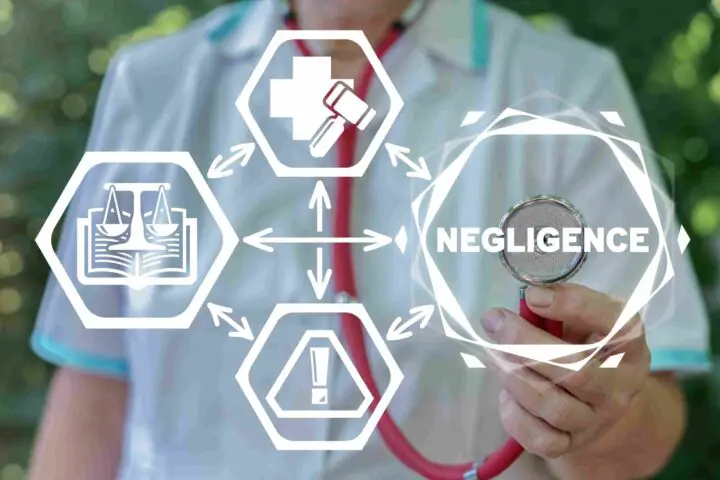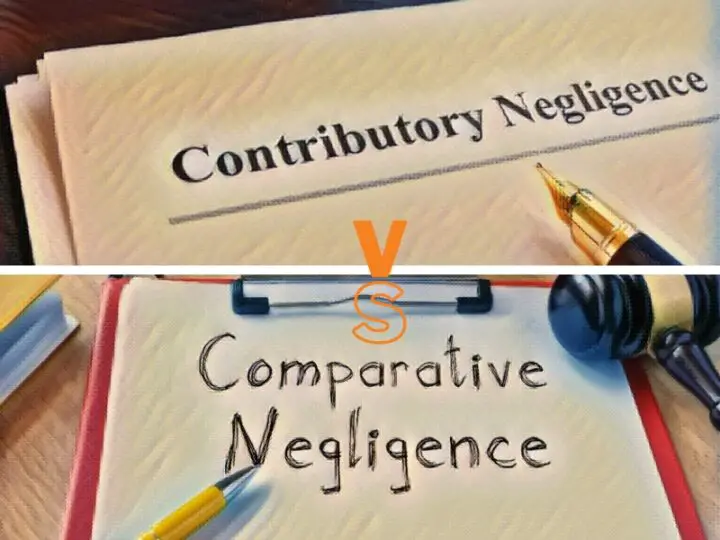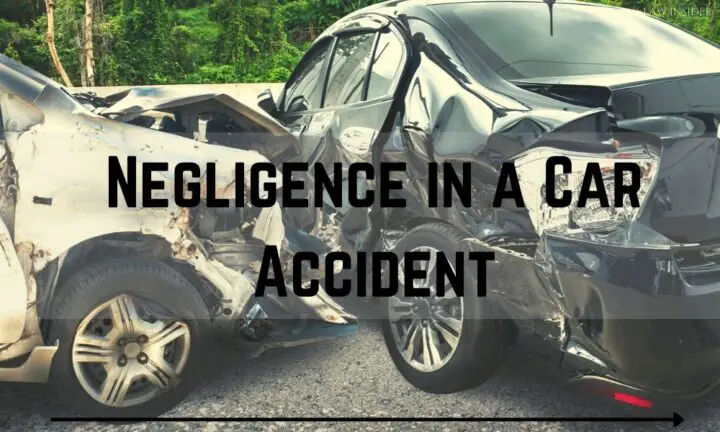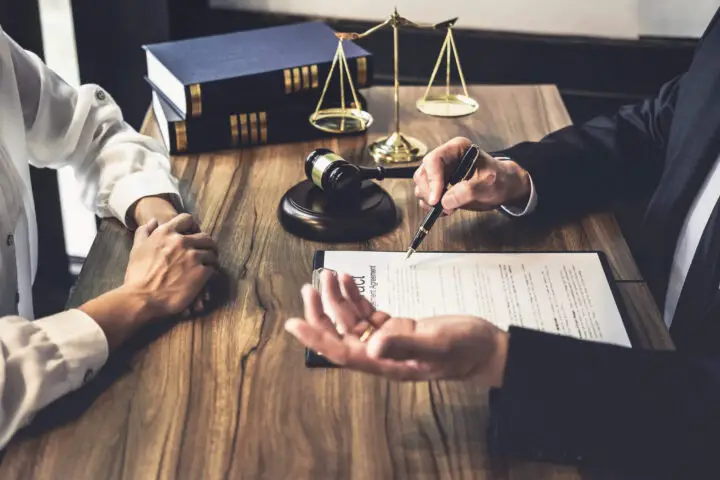Whose Fault? Negligence in Personal Injury Cases

Personal injury claims are legal disputes that arise when an individual suffers harm from an injury or accident for which someone else may be legally responsible. These claims can cover a vast array of situations, from car accidents to medical malpractice. Central to many of these claims is the concept of “negligence.” In legal terms, negligence refers to the failure of an individual or entity to exercise the level of care that someone of ordinary prudence would have exercised under the same circumstances. It serves as the primary foundation upon which most personal injury cases are built, establishing the liability of the party at fault. This article will discuss the various elements and types of negligence, and the role of negligence in personal injury claims.
The Elements of Negligence

Negligence is grounded in the idea that individuals and entities have a duty to act responsibly and avoid causing harm to others. Central to this concept are the four elements that are essential to establish a claim of negligence. Firstly, there’s the “duty of care,” which means that a person or entity has a legal responsibility to ensure the safety and well-being of others. For instance, medical professionals owe their patients a duty to provide competent and standard medical care, preventing harm through misdiagnosis or improper treatment. Similarly, property owners have a duty to maintain safe premises for visitors, addressing potential hazards like wet floors or broken stairwells. In business, manufacturers owe consumers a duty to ensure that their products are safe for use and free from harmful defects. Furthermore, on school campuses, teachers and administrators owe students a duty to create a safe learning environment, protecting them from potential dangers, both physical and emotional.
The second element of negligence is the “breach” of this duty, indicating that the responsible party failed to uphold their obligations, behaving in a way that a reasonable person wouldn’t under similar circumstances. Following this, the third element, “causation,” comes into play; it is necessary to prove that the breach directly caused the injury or harm in question. This involves both factual causation (the injury wouldn’t have occurred ‘but for’ the defendant’s actions) and legal causation (the injury was a foreseeable result of the defendant’s actions). The final element is “damages.” For a negligence claim to be valid, the plaintiff must demonstrate that they suffered actual harm or injury, be it physical, emotional, or financial, as a direct result of the defendant’s negligent actions.
Comparative vs Contributory Negligence

Both comparative and contributory negligence are legal concepts that assess the degree of fault of the injured party in a personal injury claim. While contributory negligence operates on an all-or-nothing approach, where even a slight fault on the part of the claimant can bar them from any compensation, comparative negligence allocates damages based on the percentage of fault. In a scenario involving a jaywalking pedestrian and a speeding driver, under contributory negligence, the pedestrian may receive no compensation due to their fault in jaywalking. However, with comparative negligence, if the pedestrian was deemed 40% at fault for jaywalking and the speeding driver 60% at fault, the pedestrian’s compensation would be reduced by 40%, allowing them to still receive some form of reparation for their injuries.
The Role of Evidence in Proving Negligence
In personal injury law, evidence serves as the cornerstone for establishing negligence. Prompt collection of evidence preserves the integrity and authenticity of the incident’s details. Various forms of evidence, such as photographs of the accident scene, medical records documenting the extent and nature of injuries, and testimonies from eyewitnesses, can corroborate a claimant’s account. Furthermore, a Beaumont personal injury attorney can recruit expert witnesses. With their specialized knowledge in certain fields, expert witnesses can provide deeper insights into the specifics of a case, such as the severity of a medical injury or the intricacies of a car accident’s mechanics, thereby strengthening the argument for negligence.
Common Areas of Personal Injury Claims Where Negligence is Often Cited
Car Accidents

Among the leading causes of personal injury claims, car accidents often result from negligence. Speeding vehicles increase the risk of collisions, intoxicated driving impairs judgment and reaction time, and distracted driving, such as texting, diverts attention from the road, all leading to potential accidents.
Medical Malpractice
The healthcare sector is not immune to negligence. Diagnostic errors can lead to detrimental health consequences, surgical mistakes can pose severe risks to a patient’s well-being, and medication errors, whether it’s the wrong prescription or dosage, can result in severe side effects or complications.
Slip and Falls
Public and private establishments can be grounds for injury if proper care isn’t taken. Wet floors without warning signs can become slippery hazards, uneven surfaces pose trip risks, and poorly lit areas can obscure obstacles, increasing the chance of falls and related injuries.
Defective Products
Consumer goods should meet safety and operational standards. Malfunctioning electronics can lead to accidents or fires, toys without proper safety measures can pose choking hazards, and medications with unlisted side effects or contaminants can harm users, warranting claims for negligence.
Common Defenses Against Negligence Claims

In personal injury claims, defendants often resort to several strategies to counter allegations of negligence. One such defense is the “assumption of risk,” which argues that the injured party was aware of and willingly undertook a known risky activity, thereby absolving the defendant from liability. Another defense is “mitigation of damages,” emphasizing the injured party’s responsibility to minimize their harm or losses post-incident. The “statute of limitations” defense highlights that there’s a specified time frame within which a claim must be filed; any claim brought forth after this period can be dismissed based on its tardiness, regardless of its merits.
Negligence shapes the trajectory and outcome of many legal battles. Whether examining the standards of care in various scenarios or assessing defenses brought forth, understanding the nuances of negligence is incredibly important. For potential claimants and defendants alike, being well-informed about these aspects not only aids in legal pursuits, but also fosters a culture of responsibility and awareness in daily endeavors.
